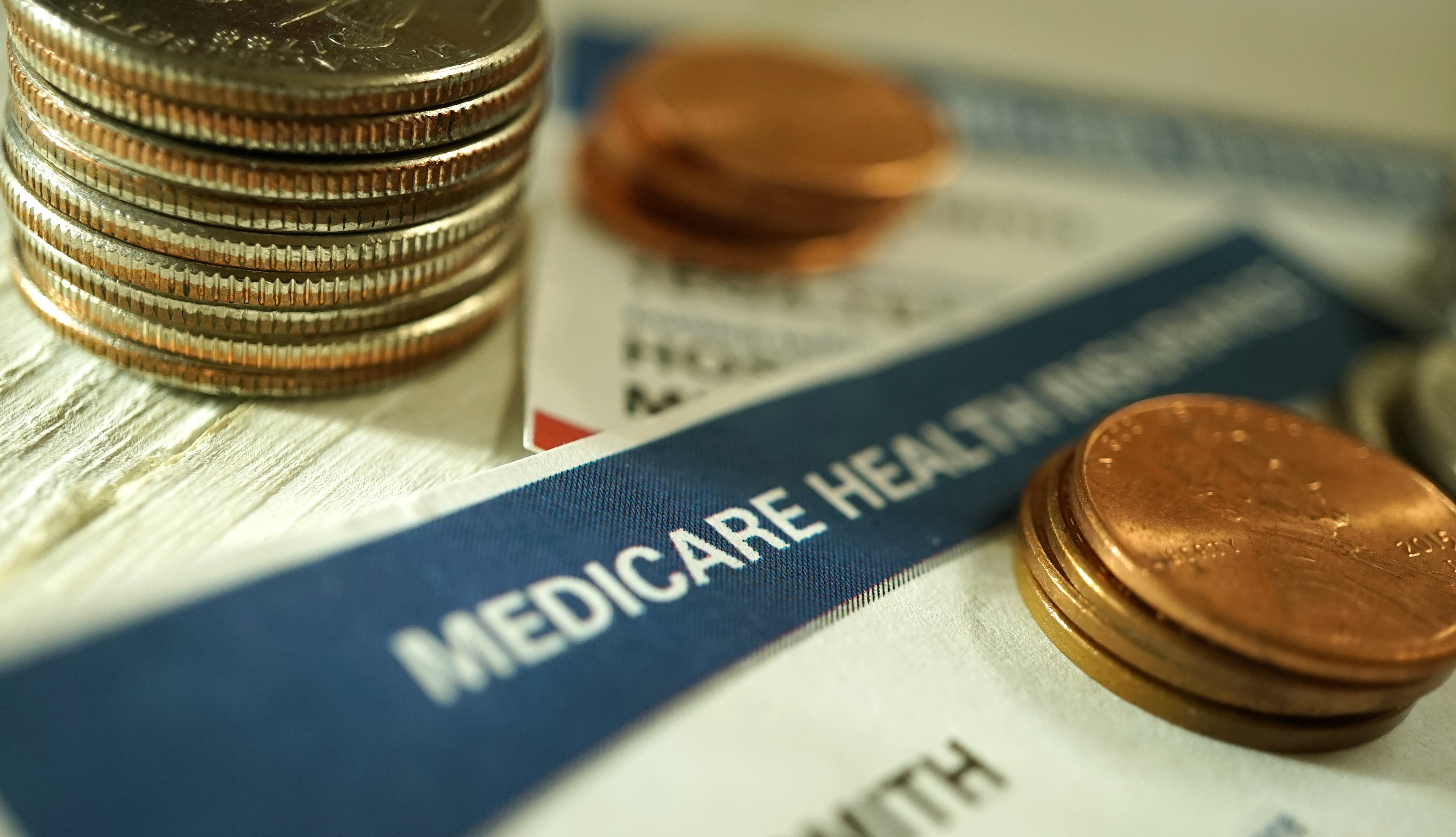
What are your medicare part a costs?
- Select a language for the TTS:
- UK English Female
- UK English Male
- US English Female
- US English Male
- Australian Female
- Australian Male
- Language selected: (auto detect) - EN
Play all audios:
WHAT IS THE MEDICARE PART A DEDUCTIBLE? Even if you don't pay for Part A premiums, you may still have out-of-pocket costs. You’ll have to pay a hospital deductible of $1,600 for each
benefit period you’re hospitalized in 2023, or $1,632 in 2024. The Part A deductible isn't annual like you’ve probably encountered with private insurance. A benefit period begins when
you're admitted to a hospital or a skilled nursing facility as an inpatient and ends when you’ve been out of the hospital or skilled nursing facility for 60 days in a row. You pay a
single deductible even if you have more than one hospital stay during a benefit period. But if you're out of the hospital for 60 days and then have to go back in, you could pay more
than one deductible during a calendar year. WHAT IS MEDICARE PART A COINSURANCE? You may have to pay other costs for Part A coverage in addition to deductibles. If you stay a long time in a
hospital or skilled nursing facility, you may have to pay a portion of that cost, called a coinsurance. * HOSPITAL COSTS. Medicare covers the first 60 days as an inpatient in the hospital.
But you may have to pay coinsurance for days 61 to 90 — $400 a day in 2023 — and a $800 daily coinsurance in 2023 after day 90 for up to 60 lifetime reserve days. In 2024, those numbers rise
to $408 and $816. Each lifetime reserve day may be used once, but you may apply the days to different benefit periods. You then will have to pay all costs after using all your lifetime
reserve days. * SKILLED NURSING FACILITIES. Medicare covers the first 20 days in a skilled nursing facility after a qualifying hospital stay. But you have to pay coinsurance for days 21 to
100 — $200 a day in 2023; $204 in 2024 — and all costs beyond day 100. * HOSPICE CARE. If you’re receiving end-of-life care through a hospice program, you may need to pay up to $5 per
prescription for pain and symptom management and 5 percent of the Medicare-approved amount for inpatient respite care. CAN I GET HELP PAYING MEDICARE PART A’S COSTS? You may qualify for help
through one of the Medicare Savings Programs in your state, depending on your income and assets. The Qualified Medicare Beneficiary (QMB) Program helps pay the premiums, deductibles,
coinsurance and copayments for Parts A and B. In most states, you can qualify if your gross monthly income in 2023 doesn’t exceed $1,235 for individuals or $1,663 for couples. The 2024
figures are not available yet. In most states, individuals can’t have more than $9,090 in assets and couples can’t have more than $13,630 in assets. Other Medicare Savings Programs also can
help with out-of-pocket costs for Part B and some other expenses for people with slightly higher income levels. To find out if you qualify for a Medicare Savings Program, contact your state
Medicaid office or State Health Insurance Assistance Program or call 800-MEDICARE. Puerto Rico and the U.S. Virgin Islands don’t have Medicare Savings Programs. But Medicaid, which provides
health insurance to people with low incomes, may be able to assist. CAN A MEDIGAP POLICY HELP PAY PART A COSTS? Yes. Medigap, also called Medicare supplement insurance, is private insurance
you can purchase to cover some of your out-of-pocket expenses in traditional Medicare. Even though private insurers sell Medigap plans, federal rules standardize the coverage.